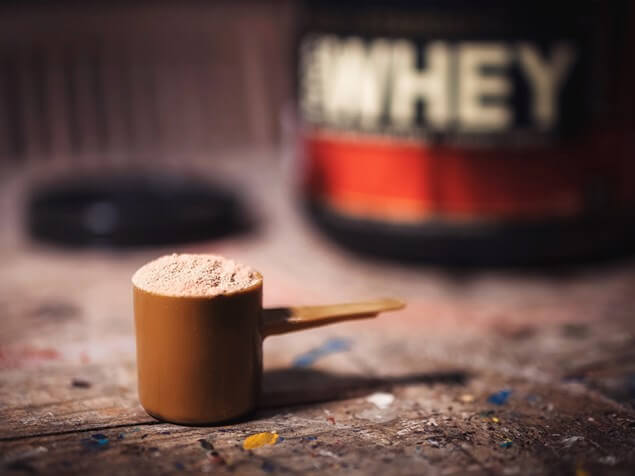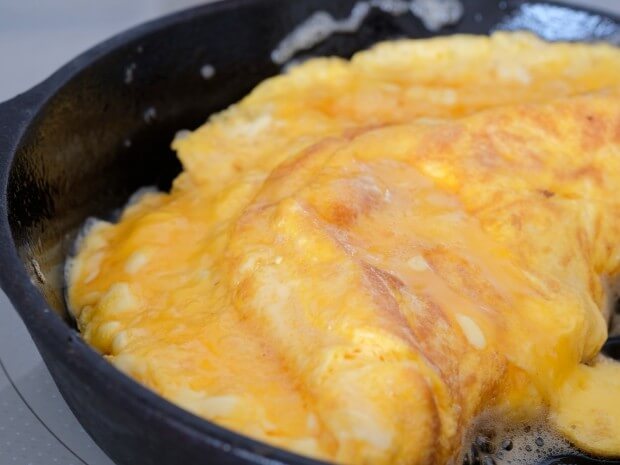Supplementing your protein intake isn’t just for the strong weightlifters. It can be a valuable training tool for those exercising and running as well especially for Masters Athletes — if you use it correctly and consume the right kind of protein in the correct quantities.
Masters Athletes need more protein!
I personally like to train as hard as my body allows, and to do that I need to ensure that I look after my body and help it repair in order to keep going throughout the winter training months and the summer competitions! And protein is a key component to that!
These days everyone knows that protein helps the gym going weightlifters recover from hard sessions and now thankfully we all also understand it helps runners too, but sometimes we struggle (I definitely do) to get enough amounts into our system as we rush between our training sessions and workplaces.
Supplementing with powders and shakes are an easy, convenient option – Today there hundreds of options, which taste, dissolve and digest much better than they used to (trust me some of the old ones were horrible)- great news for the time-crunched athlete.
First: How much do you actually need?
It’s always been the chat of the gym and street that recreational athletes need about 0.8 to 1 gram of protein for each kg of body weight a day to maintain that hard earned muscle mass. So, if you weigh 77kg , you’ll want about 77 grams minimum daily.
However, if you’re a masters athlete (which of course you are) or you exercise hard for 10 or more hours a week, you probably need more than that to help repair and build your muscles. The American College of Sports Medicine recommends around 1.2 to 2 grams of protein/kg of body weight for serious athletes.
A study published in the Journal of the International Society of Sports Nutrition looked into the standard of resistance training and the maximum amount of protein that can be used by the body for lean tissue-building purposes in a single meal, they suggest that “to maximise muscle anabolism you should actually aim to consume protein at a target intake of 0.4 g/kg/meal spread across a minimum of 4 meals in order to reach a the recommended minimum of 1.6 g/kg/day. Using an upper daily intake guide of 2.2 g/kg/day evenly spread out over the same 4 meals would necessitate a upper maximum intake of 0.55 g/kg/meal.”
What exactly does that mean for you and I? Well, lets see, the study looked at some athletes ingesting a total of only 80g of whey in one of three situations: 8 servings of 10 g every 1.5 h; 4 servings of 20 g every 3 h; or 2 servings of 40 g every 6 h. Results indicated that their MPS (muscle protein synthesis) was greatest in those who actually consumed 4 servings of 20 g of protein, suggesting no additional benefit, and actually there was a lower rise in MPS when consuming the higher dosage (40 g) under the situations that these supplemental protein was took
What are the best sources?
Once you have worked out your requirements and know how much you need, the question then is how to take it in?
Most protein concentrates and isolate powders typically use one of two milk derivatives: whey or casein. Or more and more will now use a plant-based amino acid source, such as soy or even peanuts. With different ratios of amino acids in each they can affect your body differently, so whether you just want a quick and easy recovery drink, or like me want to build some serious sprinting muscle, you should check the ingredients to make ensure they align with your goals.
That of course being said, a recent study on synthesis of muscle using whey, casein and soy indicated that “stimulation of MPS in younger Athletes is actually highest after whey or soy protein intake compared to casein both at rest and after hard training exercise [unilateral leg resistance exercise]; moreover, despite that both are fast proteins, whey hydrolysate stimulated MPS to a greater degree than soy after the training sessions”.
Fast or slow?
Whey is known as being a “fast-acting” protein; its absorption rate has been estimated to be up to ~ 10 g per hour. And at this rate, it would take only 2 h to fully absorb a 20g dose of the afore mentioned whey. While the rapid availability of the AA (amino acids) will tend to spike the goal MPS, earlier research reviewing whole body kinetics indicated that concomitant oxidation of some of the AA may actually result in a lower net protein balance when reviewed against protein that is absorbed at a slower rate.
For example, the home standard and rocky “go to” cooked egg has a slow absorption rate of ~ 3 g per hour, meaning that absorption of an standard size omelette containing the same 20g of protein (about three large eggs) would take a much longer 7 hours, which may help attenuate oxidation of AA which could promote greater whole-body positive protein balance, which would be of a greater recovery benefit in the long run.
So what’s best protein for immediate recovery?
Whey is easily digestible and rapidly absorbed and makes up about 20 percent of milk’s protein content. It is obtained as a by-product of the cheese-making process (curds and whey anyone?), and will send a fast burst of amino acids to your muscles for recovery. Whey also contains a high proportion of leucine, the amino acid thought to be the most important in boosting recovery and performance.
How about longer term rebuilding?
Aside from the above mentioned stalwart of the classic omelette and eating other sources, casein makes up the other 80 percent of milk protein. The difference between casein and whey is that casein takes hours to absorb and has been championed for long term muscle building.
When could you use plant proteins?
The option of plant proteins can provide plenty of the required amino acids and help with our immune function and recovery. As this study previously concluded, soy is the next best thing and viable option to milk-based powders when it comes to MPS. It has also been shown to be as much as a 99 percent complete source and also contributes to muscle growth only just under the amount that milk-based products do.
but what about additives
Lots of supplement brands will add extra ingredients to their products to further help recovery (they claim). Some of these are simply extra amounts of the amino acids already present in the ingredients, such as key AA like glutamine or leucine. Finally, in most powders you’ll also most likely have a large amount of carbohydrate content. A standard of three-to-one to four-to-one ratio of carbohydrate to protein has been shown in research to optimise recovery, but this comes at the cost of also adding calories. If you don’t want to load up on all that extra sugar, stick to the straight proven protein and add some carbs by eating a banana.
One of the major influences when choosing a protein powder is safety. Many of the supplement products and brands have been shown to contain some illegal-for-sport substances.
Its important to look for the markings that advise the supplement has been tested for sport!
The WADA list of prohibited substances is a good place to start too.
You can keep an eye on the best nutrition advise HERE






[…] Remeber to ensure when your training hard to get adequate levels of protein to support your muscle breakdown, check here for the levels. […]
[…] There is a period of around 30-60 minutes immediately following a workout when your body will be doing the most active rebuilding of muscle and replenishing of glycogen (the muscles’ energy storage). This is why it’s so critical to give your body the exact nutrition it needs as soon as possible after a workout. […]